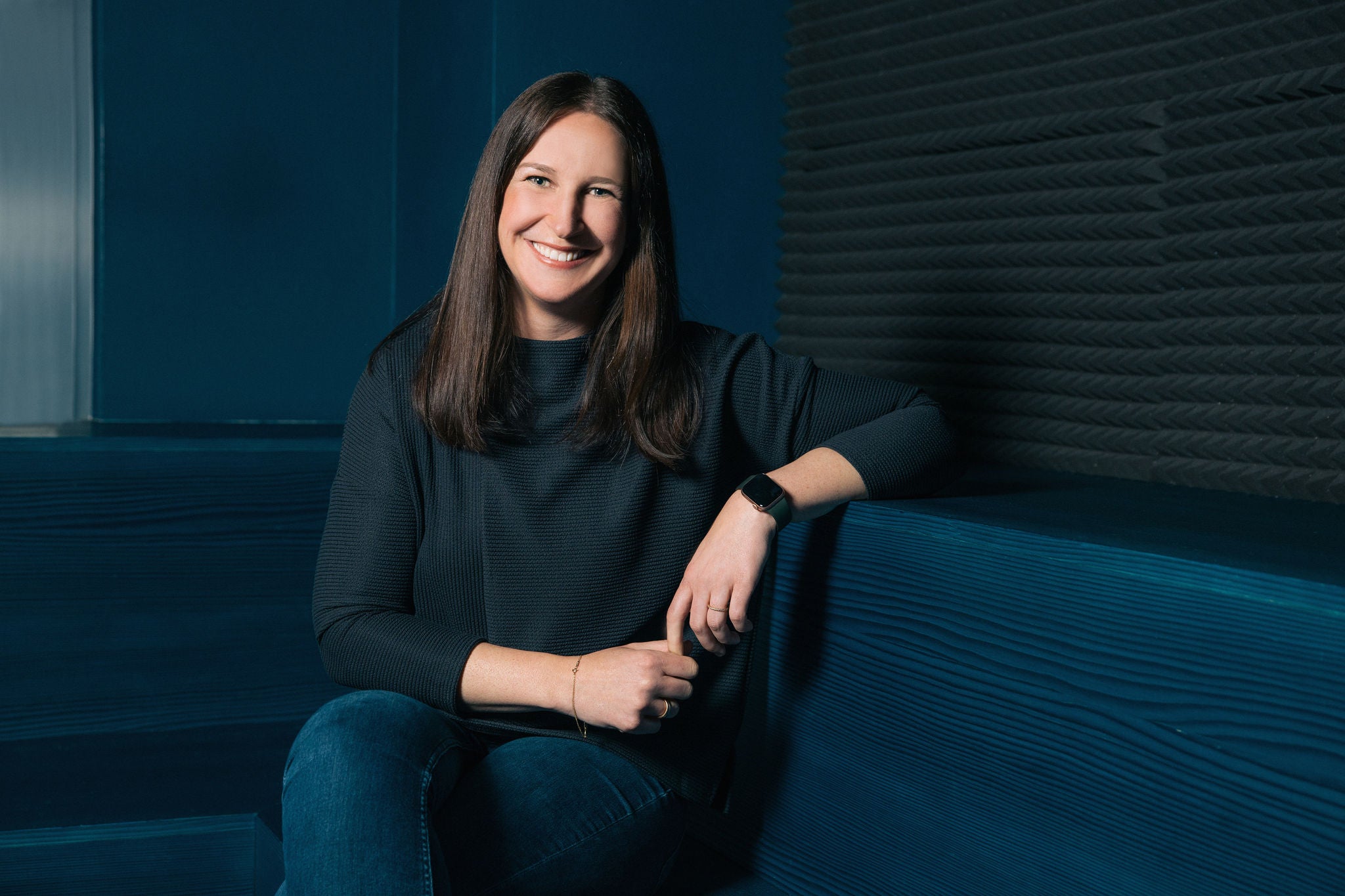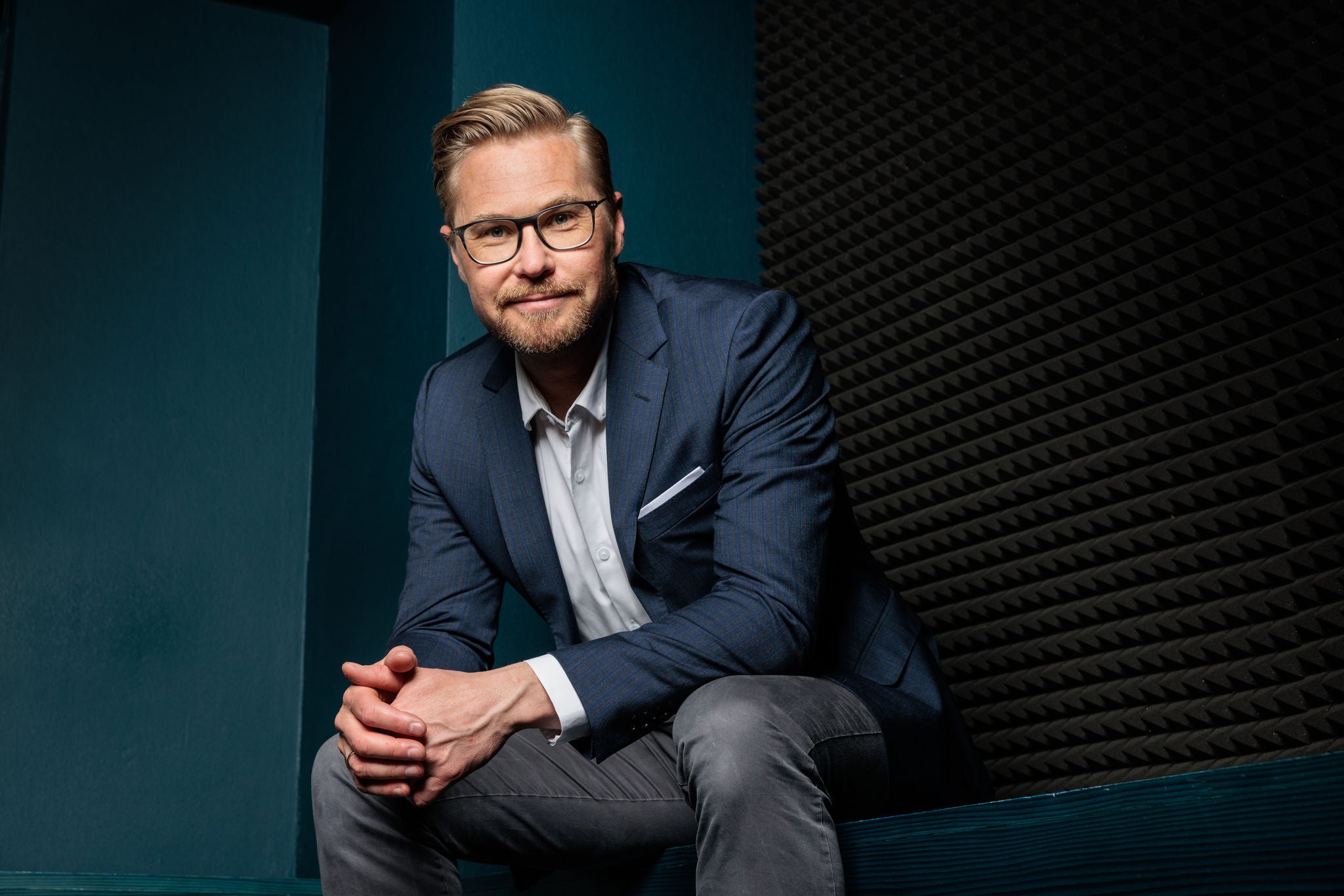"Velocity is not the reward after transformation, it is the engine of transformation."
Digital markets are evolving faster than ever. In an era of ongoing geopolitical tensions and volatile conditions, efficiency alone is no longer enough. Companies must learn to continuously and flexibly adapt to new realities.
Jens-Christian Jensen, Chief Strategy Officer at the Plan.Net Group, advocates for a radically new principle in this interview: Velocity – the ability to remain relevant at speed. He explains how agencies today go far beyond creative services to support companies holistically throughout their transformation journey.
LÜNENDONK: Many companies are currently focusing primarily on efficiency – reducing costs, streamlining processes, cutting budgets. Why are you advocating ‘velocity’ as a new principle instead?
JENS-CHRISTIAN JENSEN: Because efficiency is necessary, but not enough. The world has changed - and so have the demands on brands and businesses. We no longer live in stable, predictable markets. Instead, we are living in a time of constant reconfiguration: geopolitical tensions, technological disruptions, social shifts. In such a world, accelerating processes is not enough. It is about developing the ability to constantly reinvent yourself.
Velocity means staying relevant faster. It is not purely a question of speed, but above all of adaptability. Those who can quickly adjust to new conditions today gain real competitive advantage – not only in communications, but across the entire value chain.
LÜNENDONK: Velocity means change – but what does that mean for the people in the organisation?
JENS-CHRISTIAN JENSEN: Change is never easy – and that also applies to Velocity. But we see in many projects that it's not just about new processes or tools. Velocity changes the way people work. And that can be very liberating.
When internal structures are simplified, decisions are made faster, and responsibility is taken more directly, the personal relevance of one's contribution often increases. People feel more impact. That motivates them.
The classic advice - start small, make successes visible - also applies here. But the key is that velocity puts people back at the center. It's not about control, it's about impact. And that creates entirely new forms of collaboration-with more autonomy, clarity, and purpose.
LÜNENDONK: What does Velocity mean for the relationship between brands and consumers?
JENS-CHRISTIAN JENSEN: We are experiencing unprecedented dynamics in consumer behaviour and expectations. Trends appear and disappear in real time. Communication channels change radically. Brand images are being challenged and reevaluated by social movements, new generations, and global crises.
In today's world, relevance is no longer a steady state, but rather an ongoing process. Brands that react too slowly not only lose touch, but also trust. Velocity becomes a prerequisite for strong customer relationships.
And the best thing is: those who take this dynamic seriously can use it to their advantage. We see with our customers those quick reactions – through early recognition, bold testing and consistent implementation – have an immediate effect on brand KPIs. Speed is not an end, but creates proximity, relevance and differentiation.
LÜNENDONK: You refer to velocity as a structural capability. What factors are currently slowing companies down the most in terms of velocity, and what conditions would need to be created to overcome these?
JENS-CHRISTIAN JENSEN: In our day-to-day work, we encounter the same structural obstacles over and over again – regardless of industry or company size. There are three main factors: organisation, technology and data.
Traditional corporate structures follow the logic of departments, hierarchies and responsibilities. In many cases, this leads to organisational inertia, where responsibility is delegated rather than assumed. Instead, companies should focus on organisational modularity, where teams work according to common KPIs, make decisions independently and are orchestrated rather than controlled by management.
The second major hurdle is technological fragmentation: most companies have impressive IT landscapes, but these are often isolated solutions that have developed over time. Integration takes place retrospectively and is often provisional.
The key to greater velocity lies in composable architectures that can be flexibly combined and expanded and that map the customer experience across all channels – even for channels that may not yet exist today.
Third, data silos slow things down: data is available, but not accessible. Customer data is stored in different systems, market data in different formats, performance data in separate dashboards. Data becomes information, but not insight, not knowledge, not the ability to act. Only when data is networked and contextualized through intelligent interfaces does it become a navigational tool that brings speed and precision to decision making.
Velocity means turning speed into impact – with flexible systems, adaptive structures, and networked data rooms. To achieve this, companies need to move beyond rigid planning cultures and embrace a culture of continuous realignment.
LÜNENDONK: What role does artificial intelligence play in this development?
JENS-CHRISTIAN JENSEN: In our view, AI is the catalyst for velocity. It does not replace fundamental transformation, but it accelerates it massively – provided the foundations are right.
Many of our customers are now realizing that AI enables the automation of digital processes that were previously purely manual: content creation, analysis, personalisation, orchestration. This suddenly turns speed into scale.
However, AI always amplifies what is already there. Those with fragmented processes, unclear data situations and rigid structures will not become faster with AI, but more chaotic. Conversely, AI unleashes its full potential where organisation, technology and data are already modular.
We currently distinguish between three areas of application:
- Generative AI: Automated content creation – from text to video – at high speed and quality.
- Decision Intelligence: Automated analyses that enable data-driven decisions – for example, for campaign optimisation or budget control.
- Agentic Systems: AI agents that independently perform tasks such as monitoring, reporting or controlling entire workflows.
A practical example: We are currently developing so-called content supply chains for several customers – in other words, AI-supported automation of classic production processes. Based on a journey framework, complete marketing campaigns and lead paths are created from delivered 3D data, which are then independently optimised by AI agents.
LÜNENDONK: How is the role of agencies changing in this context?
JENS-CHRISTIAN JENSEN: As an agency, we need to reinvent ourselves. As a digital agency, our mission has always been to rethink, improve and take our clients' businesses to the next level – not just in communications, but in marketing, sales and service.
We support our clients not only creatively, but also as consultants, enablers and implementers – all the way through to the development and operational implementation of complete marketing operating models. In this context, artificial intelligence is the logical next step: automating a digital transformation that was previously done manually.
We find working on operating models particularly exciting because it brings together strategic consulting, technological excellence, and operational responsibility. We not only develop target visions and process structures, but also take on parts of our clients' marketing, sales and service activities ourselves – with a clear goal in mind: better tools, smarter architectures, networked data rooms. And implementation that gets results.
A good example is our work for BMW: Together with the client, we developed a completely new agency model for the European marketing organisation. This model replaced the previous structures – with a clear focus on speed, quality and impact. We redefined processes, standardised them and made them scalable. Content can now be efficiently reused and centrally orchestrated. A shared data pool provides the basis for better decisions.
With AI, we take this model to the next level. On the one hand, through an agent framework that automates repetitive tasks in content production – and on the other hand, through decision AI that makes data explorable and supports marketers as a copilot.
We currently see the biggest efficiency gains in the area of content production: 3D data is used to create fully automated assets and campaigns along a journey framework – especially in the lower funnel. However, we are also increasingly implementing mid- and upperfunnel projects. The vision of an AI-powered, self-optimizing content supply chain is no longer a pipe dream for us, but a living reality.
For us, velocity is therefore not just a consulting topic, but also an implementation topic. And above all: a partnership topic.
LÜNENDONK: What advice would you give to companies that want to start using Velocity now?
JENS-CHRISTIAN JENSEN: Don't wait for the perfect strategy. Velocity doesn't come from PowerPoint, it comes from practice. The most important step is getting started. Empower small teams, try new decision-making processes, pilot modular technologies, and use data in new ways. We see time and time again that velocity is not the reward after transformation, it is the engine of transformation.
And the great thing is: The fundamentals are there. The question is not whether companies have talent, technology, and data. The question is how they combine them. Those who can do that have a real advantage.
First published in the Lünendonk study on the Market for Digital Experience Services in Germany.
The complete study is available for download upon request – please contact presse@house-of-communication.com.













